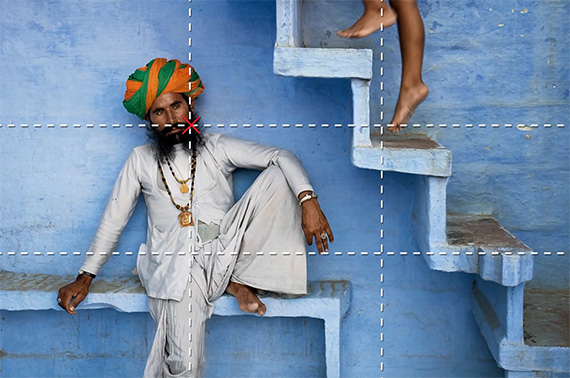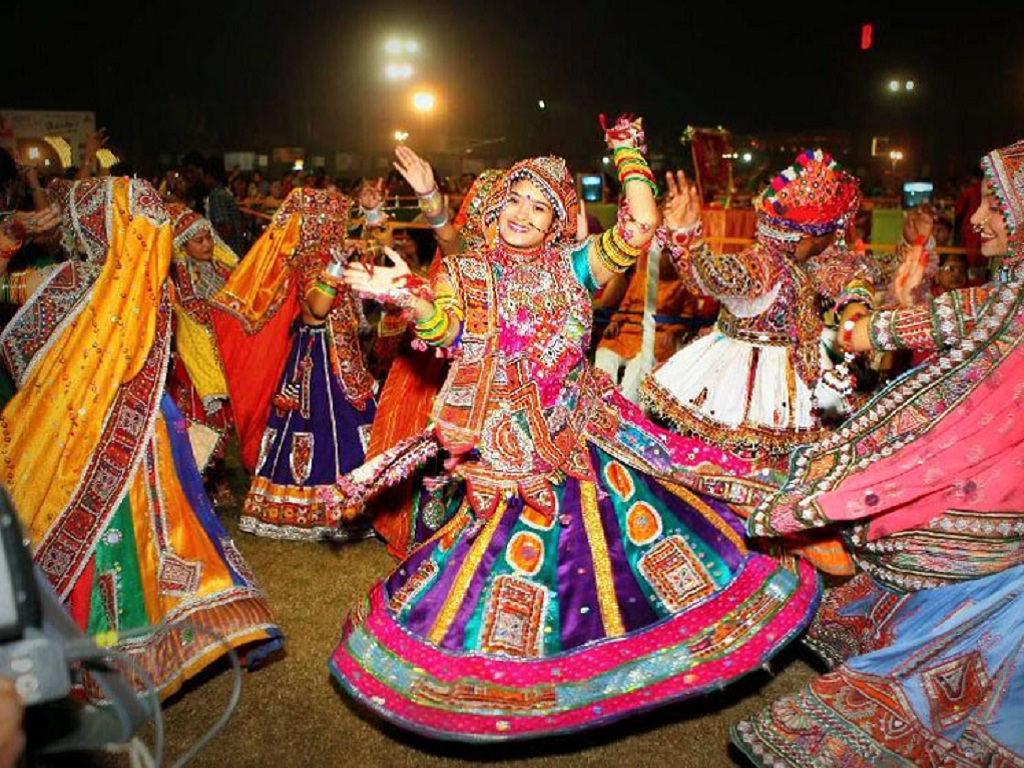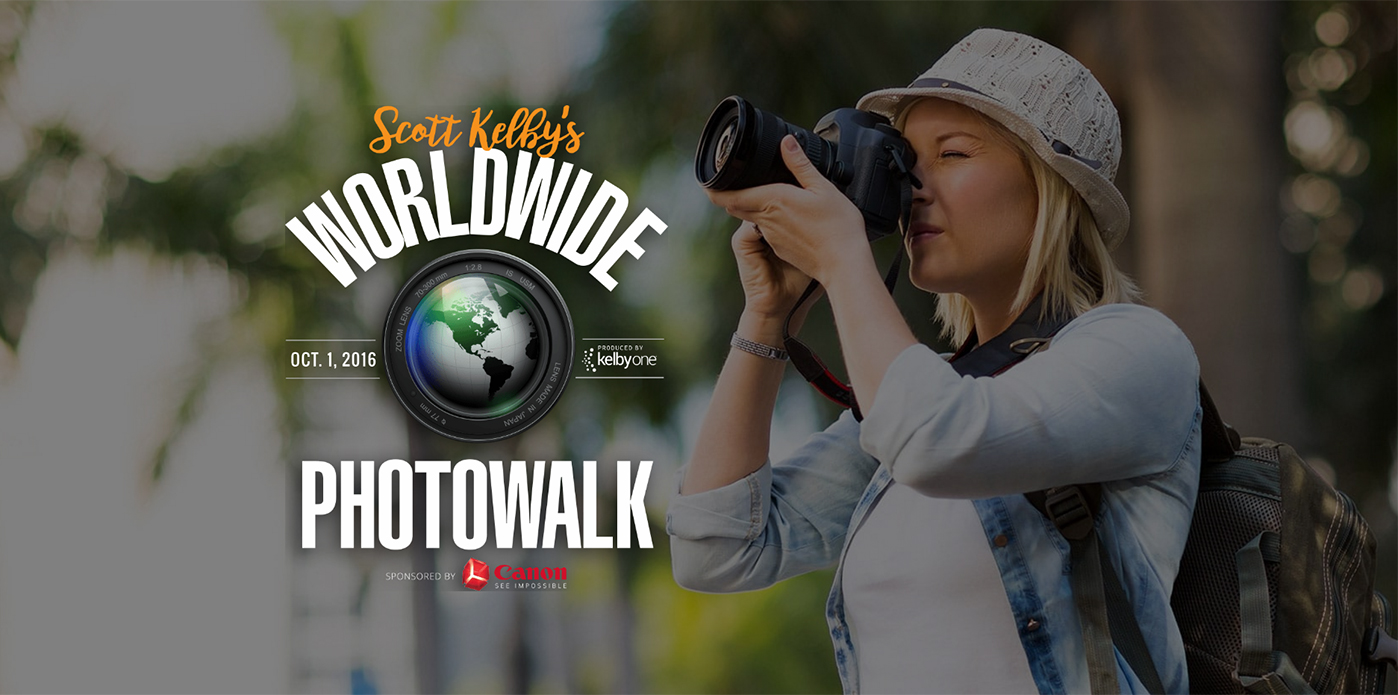DPC annonces photo trip to Puskar Mela (Cattle Fair)
/in News, Personal, Photobus, Photographs, Travel, Trips /by #iamdpc♫ Padhaaro mhaare desh ♫
Every November, the sleepy little township of Pushkar in Rajasthan, India comes alive with a riot of colors and a frenzied burst of activity. It’s the world’s largest Camel Fair! The Pushkar Mela. A truly unforgettable experience to capture the vibrancy of the entire state of Rajasthan in one place!
Be there to experience it!
The ‘Pilgrim City’ and one of the oldest Indian Cities, Pushkar is a picturesque town in Rajasthan. The prime attraction is the Holy Pushkar Lake, considered sacred by the Hindus.
We look forward to have you along! So Book your seats, pack the camera gear and drown yourself in most memorable experiences.
Schedule:
Leaving Delhi: 10th November – Thursday Night 10 pm
Reach Pushkar 11th November by Morning, Check in at Hotel, Have Breakfast and rush to the Fair Site
Post Lunch : Rush to Pushkar Fair and mela ground for events and evening with mesmerizing sunset.
12th November (Saturday) Morning: capture the Sunrise, visit the fair and also doing the local markets of Puskar.
13th November (Sunday) Visiting the famous Brahma Temple known as the Jagatpita Brahma Mandir . Late evening head back to Delhi.
Total Seats: 12
Travel by: Tempo Traveller
Stay: On twin sharing basis.
Total Trip Cost: Rs. 7,700/- (including the registration fee of Rs. 3,000)
and Rs. 7,200 for Members/Volunteers. [The cost includes stay, travel and food.]
Gear: You can carry tripods and wide angle lenses for cameras. Any camera is good for this trip as long as it is digital. Please wear comfortable clothes according to the weather, comfortable shoes as there will be a lot of walking, take your hats/caps, shades and sunscreen.
DPC announces brand new course on Composition : art of framing
/in News, Personal, Photobus, Photographs, workshops /by #iamdpc
Launching Brand new Workshop on Composing good Pictures
About Workshop
DPC Presents composition and advanced composition workshop to enable and empower you to click better pictures. This high Quality content is based on the inputs from the Stanford University professor Mark Levoy’s photography workshop.During the workshop we will be working on composition and various techniques to see pictures and create better pictures
Trust us this is the best photography workshop one can ever attend
Workshop Content and Highlights:
· Rules of Composition and common composition
· Rule of thirds , Rule of odds and other rules.
· Learning good Composition
· Lines as pectoral elements & arrangement of Light
· Light as decorative element
· Shapes , Patterns and repeated Patterns
· Rhythm and Texture
· Lighting and pictorial Design
· Colors and pectoral Design
· Symmetry and asymmetry
· Framing and Dynamic Framing
Workshop USP:
· Classes only on Weekends
· Indoor and Outdoor , hands on workshop
· Outdoor Practical session with instructor
· Assignment for practice at home
· Opportunity to interact with instructors/peers.
· Send your works for review and feedback
· Certificate of participation
Who can join?
Students
Amateurs & Beginners
Professionals
New camera buyers
Aspiring artists
Home makers and Mothers
Keen on improving photos
Requirements:
Loads of enthusiasm and a DSLR camera or Digital Point n shoot and basics of Photography and know how of the camera
Workshop Fee: Rs 12500
Days : Sat and Sunday
Date : 22 & 23, 30 & 31st Oct and 5& 6 Nov
Time : 2.00 pm to 4.00 pm
DPC Announces photo trip to Ahmedabad Navratri ( Garba Raas)
/in News, Personal, Photobus, Travel, Trips /by #iamdpc
DPC is happy to announce that we are arranging the next DPC Photo Bus trip to Ahmedabad, to capture the essence of Navratri and Dandya.
This trip is for 3 days- 4 nights. We are going by train (3 tier)
We will be visiting Gujrat Heritage- Sarkhez Roza, Teen Darwaza, Sabarmati River front and many more interesting sites. In the evenings will enjoy Garba Raas
.
Other Important Details
We leave on 6th Oct, Thursday and be back on 10th Oct, Monday.
Stay: will be on twin sharing sharing basis in a home stay environment .
Mode of travel: Train
Gear: You can carry tripods and wide angle lenses for cameras. Any camera is good for this trip so long as it digital. For yourself, please carry wollen cloths , comfortable shoes, take hats/caps, shades and sunscreen! And ofcouse a traditional outfit for the dandiya raas
Cost of entry to Garba venue is not included , to be paid separately
Dates: 6th, 7th, 8th, 9th October
Trip Fee: Rs. 10500/-
Prem. Mem Fee : Rs. 9400/- (this includes registration fee of Rs 3000 )
Please carry the balance or complete amount in cash as we have to pay cash.
Fee includes travel & group transfers, stay and meals
Feel free to call us for further clarifications @ 8826712162
The signification of Garba
Navratri, meaning ‘nine nights’, is one of the most popular and widely celebrated Hindu festivals in many parts of India. Gujarat, however, is the only state that erupts into a nine-night dance festival, perhaps the longest in the world. Each night, all over the state, villages and cities alike, people gather in open spaces to celebrate feminine divinity, referred to as Shakti.
The dance form known as ras garba (also joined sometimes by dandiya, which uses small wooden sticks), comes from Lord Krishna’s worship rather than Goddess worship, from the Gop culture of Saurashtra and Kutch. Stories of relationships between Krishna and the Gopis, and their emotions, also often make their way into the ras garba music.
Nevertheless, the focal point of every garba circle is the small Goddess shrine erected by each community to mark the beginning of the festival, on the first day of the Hindu month of Ashwin. The shrine includes a garbo, an earthenware pot, in which a betel nut, coconut, and silver coin are placed.
Each night the village or urban neighborhood gathers to perform a puja to one of the nine forms of Goddess. The nine nights are also broken up into sections of three; the first is for Durga, the goddess who destroyed an evil force represented by the demon Mahishasura, and who destroys human impurities; the second is for Lakshmi, the goddess of prosperity; the third is for Saraswati, the goddess of wisdom and art. It is a time to celebrate fertility and the monsoon harvest, represented by a mound of fresh soil in which grains are sown.
After the puja begins the music; it is unmistakable to those who are familiar with the style and irresistible to many. People begin to dance in a circle, whirling away till late into the night. It is not uncommon to find dancers with swords or lit flames and other spectacles.
The traditional dance steps are simple, though over the years people have been inventing more complex steps. Similarly, the music was traditionally acoustic, principally composed of drums and singing, but most people now use amplified sound systems or a blend in the form of a live band with modern instruments.
Scott Kelby Worldwide Photo Walk 2016 New Delhi powered by DPC
/in News, Personal, Photobus, Photographs, Photowalks, Travel /by #iamdpcAbout Humayun’s Tomb
Humayun died in 1556, and his widow Hamida Banu Begam, also known as Haji Begam, commenced the construction of his tomb in 1569, fourteen years after his death. It is the first distinct example of proper Mughal style, which was inspired by Persian architecture. It is well known that Humayun picked up the principles of Persian architecture during his exile, and he himself is likely to have planned the tomb, although there is no record to that effect. The tomb was constructed at a cost of 15 lakh rupees (1.5 million).
Mirak Mirza Ghiyath, a Persian, was the architect employed by Haji Begam for this tomb.
The tomb proper stands in the centre of a square garden, divided into four main parterres by causeways (charbagh), in the centre of which ran shallow water-channels. The high rubble built enclosure is entered through two lofty double-storeyed gateways on the west and south. A baradari (pavilion) occupies the centre of the eastern wall and a hammam (bath chamber) in the centre of northern wall.
The square red sandstone double-storeyed structure of the mausoleum with chamfered corners rises from a 7-m. high square terrace, raised over a series of cells, which are accessible through, arches on each side. The grave proper in the centre of this cell-complex is reached by a passage on the south. The octagonal central chamber contains the cenotaph, and the diagonal sides lead to corner-chambers which house the graves of other members of the royal family. Externally each side of the tomb, its elevations decorated by marble borders and panels, is dominated by three arched alcoves, the central one being the highest. Over the roof pillared kiosks are disposed around the high emphatic double dome in the centre. The central octagonal chamber contains the cenotaph, encompassed by octagonal chambers at the diagonals and arched lobbies on the sides. Their openings are closed with perforated screens. Each side is dominated by three arches, the central one being the highest. This plan is repeated on the second storey too. The roof surmounted by a double dome (42.5m) of marble has pillared kiosks (chhatris) placed around it.
The mausoleum is a synthesis of Persian architecture and Indian traditions-the former exemplified by the arched alcoves, corridors and the high double dome, and the latter by the kiosks, which give it a pyramidal outline from distance. Although Sikandar Lodi’s tomb was the first garden-tomb to be built in India, it is Humayun’s tomb which set up a new vogue, the crowning achievement of which is the Taj at Agra. There is also a somewhat common human impetus behind these two edifices-one erected by a devoted wife for her husband and the other by an equally or more devoted husband for his wife.
Several rulers of the Mughal dynasty lie buried here. Bahadur Shah Zafar had taken refuge in this tomb with three princes during the first war of Independence (AD 1857).
On the southwestern side of the tomb is located barber’s tomb (Nai-ka-Gumbad) which stands on a raised platform, reached by seven steps from the south. The building is square on plan and consists of a single compartment covered with a double-dome.
Open from sunrise to sunset
Latest at DPC
we are here
Building No 5 D, Jungi House
Shahpur Jat, New Delhi
hi@delhiphotographyclub.com
91-8826712162
91-8800887166
We are open
Mon Sun: 11:00-19:00
Tuesday : closed
Facebook and online queries
Responded in 2 -8 Hours
Try Now.





















